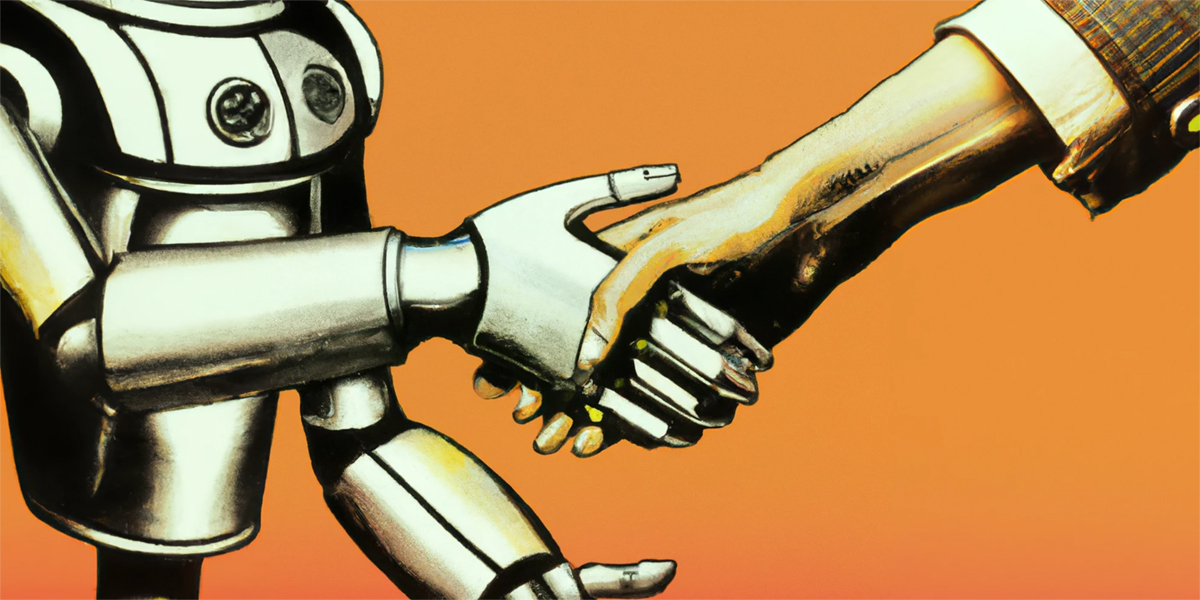But symbolic AI systems could not scale up with real-world complexity and weren’t robust enough to handle noisy or incomplete information, Kordjamshidi said.

Assistant Professor Yu Kong of Michigan State University
On the other hand, early neural models also struggled with scaling to real-world complexity because they lacked the requisite data and computational power. But those obstacles have become surmountable with the current availability of data and new technology capable of handling the necessary computations.
Today’s neural network algorithms can be trained using massive data sets to recognize billions of parameters within text, images and videos. Researchers are still improving these algorithms by feeding them more data and using more parameters, which has enabled the success of platforms like ChatGPT.
The MSU-led research team, however, sees limits to this approach.
“I don’t think we can put all of the world’s information into a system and have it reason and compose new concepts like a human,” Kordjamshidi said. “Adding more data into larger and larger models has been the approach — and it has been a game-changer — but if we want to get to the next level of AI, I think we need to combine paradigms.”
“Neural networks are very good at learning in a black-box way, but they’re not good at reasoning like humans,” Kong said.

These are images made by the DALL•E 2 AI system when given the prompt: “A woman with an apple in her left hand stands in front of a car.” Two of the four images fail to get at least one of the spatial instructions correct. By combining the algorithms that power modern tools like DALL•E 2 with “classical” AI, Michigan State University researchers are working to overcome such limitations to make AI systems more powerful and reliable. Credit: DALL•E 2
Neural networks do have some implicit reasoning capabilities, but those are essentially inferred from the data they see rather than conferred by human programmers, he said.
Incorporating symbolic AI would build in explicit reasoning, which would bolster AI’s ability to understand things like temporal and spatial relationships that humans handle almost innately.
For instance, Kordjamshidi said, a current online AI image generator can have trouble with seemingly straightforward prompts like, “a woman with an apple in her left hand stands in front of a car.”
Output images often show the apple in the wrong hand or the woman in the wrong place relative to the car. The prompt’s instructions are easy for humans to interpret, but gigantic neural networks lack such spatial reasoning capabilities.
Combining the two AI paradigms into a neuro-symbolic formalism would yield algorithms that are far more likely to provide the desired results. And, if the systems do get something wrong, they would be able to provide a more detailed account of their line of reasoning.
Researchers would thus get a better look inside the “black box” of modern AI and be able to develop more powerful, more trustworthy tools for today’s demands and future applications.

Assistant Professor Vishnu Boddeti of Michigan State University
“Ultimately, we’ll have more control and more flexibility,” Boddeti said. “And we hope people will build on that and give these systems even more capabilities.”
The AI research community has already shown it has an appetite for these developments.
“People have tried to do this a few times in the past, but I think it wasn’t quite the right time and they didn’t have the right tools,” Boddeti said. “I think we’re in the right time now.”
Beyond the technical goals of the project, the team also is excited by the opportunities that the Office of Naval Research grant is creating for students and postdoctoral researchers.
“This research area is growing so fast. I have people emailing me every day saying they’re interested in this,” Kordjamshidi said. “There are so many excellent students, you wish you could work with all of them.”
Note: The banner image at the top of this webpage was generated using DALL•E 2 with the prompt, “a person shakes hands with a humanoid 1950s robot, digital art.”

